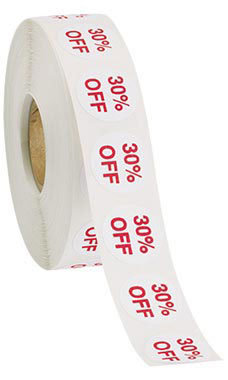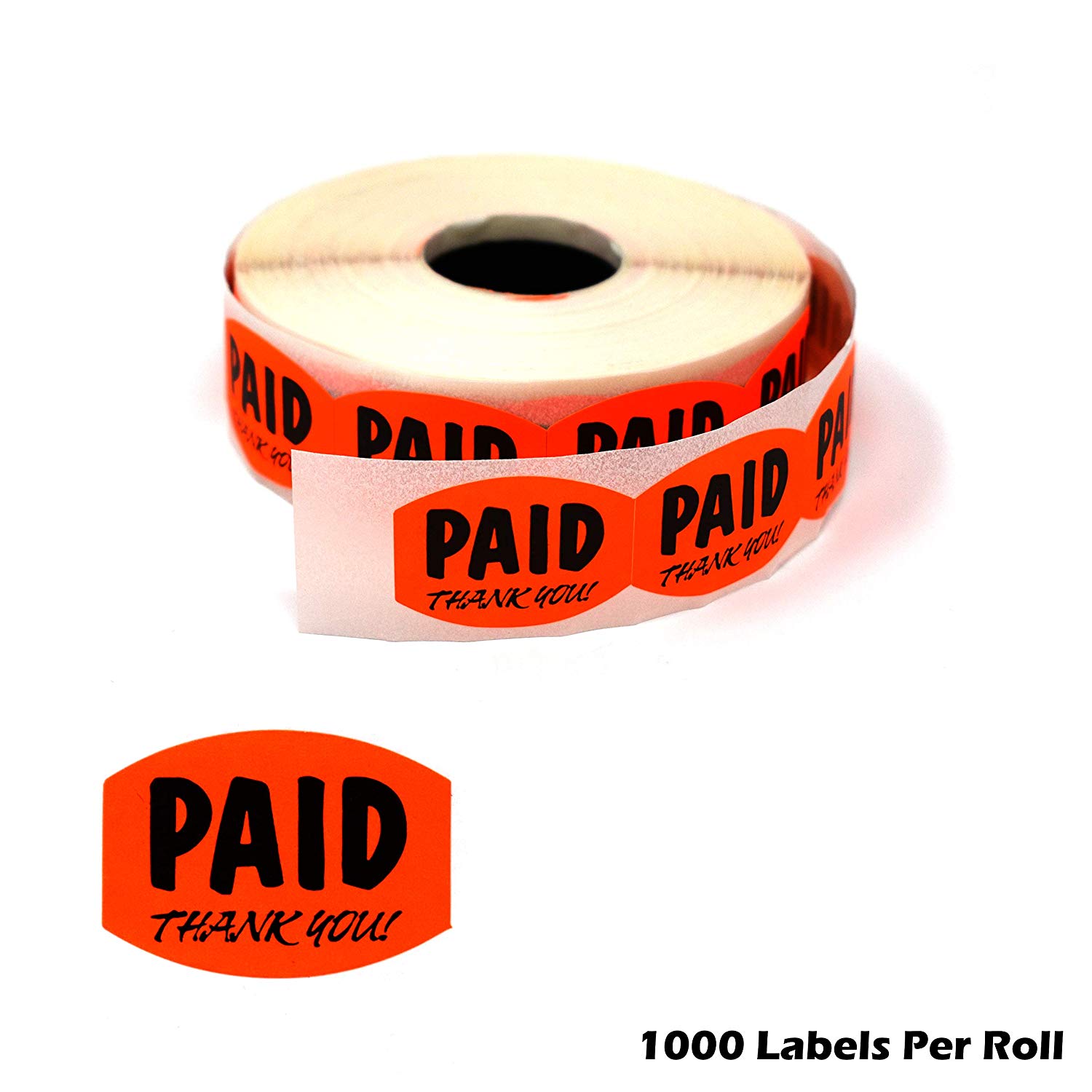Selecting the Right Self-Adhesive Labels for Your Business and Individual Requirements
Selecting the suitable self-adhesive labels for both business and individual applications calls for a nuanced understanding of different variables that influence their performance. As we explore these critical components, it comes to be clear that a tactical approach is vital to guarantee your tags not just fulfill assumptions but likewise improve your overall branding and company efforts.

Understanding Label Materials
When choosing self-adhesive tags, comprehending the various label materials is essential to ensuring optimal performance and longevity. The selection of product straight affects the label's capability, appearance, and durability. Typical tag materials consist of paper, polypropylene, polyester, and plastic, each offering distinct advantages and downsides.

Polyester tags provide premium sturdiness, being immune to tearing, wetness, and UV light. This makes them a superb choice for commercial applications or items that require resilient labeling solutions (Self-Adhesive Labels). Polypropylene, while similar to polyester, is commonly more economical and gives a good balance of longevity and print quality
Furthermore, take into consideration adhesive types-- long-term, detachable, or repositionable-- depending on your certain requirements. Ultimately, choosing the ideal tag material is important for achieving the desired outcome, ensuring that your labels perform properly in their intended atmospheres.
Determining the Right Size
Choosing the proper dimension for self-adhesive tags is an essential action that matches the option of label materials. The size of a label can considerably impact its performance, exposure, and general impact. It is important to consider the intended usage of the tag when establishing its measurements.
First of all, assess the information that requires to be presented. Tags consisting of more message or graphics will certainly call for bigger dimensions to ensure readability and aesthetic charm. On the other hand, minimalist layouts might gain from smaller tags that keep a smooth visual.
Furthermore, take into consideration the surface area on which the tag will be used. Different surface areas, such as boxes, containers, or envelopes, might determine certain size requirements to maximize adhesion and visibility.
Furthermore, believe regarding the amount of labels needed; bigger tags might be a lot more economical for mass printing.
Examining Adhesive Stamina
How can one make sure that self-adhesive tags remain safely connected in numerous problems? Evaluating sticky stamina is crucial for ensuring that labels do efficiently, whether in a controlled environment or subject to extreme temperatures, humidity, or other factors.
For instance, removable adhesives are suitable for tags that may need to be repositioned or eliminated without residue, making them appropriate for short-lived applications. Alternatively, permanent adhesives are designed to withstand various conditions look at these guys and provide a solid bond, making them ideal for lasting labeling demands.
Testing the adhesive stamina can involve peel bond tests, which determine the pressure needed to remove the tag from a surface. Inevitably, selecting the appropriate sticky toughness guarantees that self-adhesive tags meet their purpose, preserving integrity and exposure throughout their desired lifespan.
Selecting the Right End Up
The finish of self-adhesive labels plays a significant function in their total performance and look, complementing the sticky stamina formerly talked about (Self-Adhesive Labels). The option of coating can influence not only the visual effect of the label however additionally its sturdiness and performance. Usual surfaces consist of matte, gloss, and semi-gloss, each serving various purposes
A matte finish offers a non-reflective surface area that is excellent for creating, making it suitable for labels that require hand-written info. This finish likewise tends to conceal spots and fingerprints, enhancing the tag's appearance with time.
Alternatively, a gloss surface supplies a shiny, vibrant look that improves shade saturation, making it best for promotional labels that require to catch the eye. This finish might be much less appropriate for creating, as it can smudge conveniently.
Semi-gloss finishes strike a balance in between the two, using a slight shine while keeping good writeability. Furthermore, take into consideration elements such as dampness resistance and UV protection, particularly for tags revealed to harsh atmospheres. By meticulously selecting the best coating, individuals and services can guarantee their tags effectively convey their designated message while preserving resilience.

Thinking About Printing Options
Evaluating printing choices is crucial for making best use of the efficiency of self-adhesive tags. The method you select will dramatically affect the top quality and resilience of the end product. Self-Adhesive Labels. Common printing methods consist of electronic, flexographic, and thermal transfer printing, each offering distinct benefits and factors to consider
Digital printing is perfect for variable information and short runs, permitting for fast turnaround times and customization. This technique makes it possible for businesses to create labels with high-resolution graphics and detailed designs without sustaining considerable configuration prices. It may not be the most economical alternative for useful source larger quantities.
Flexographic printing, on the other hand, is well-suited for high-volume production. It utilizes flexible relief plates to transfer ink onto various products, ensuring consistent quality across large sets. This approach is often preferred for its performance and capacity to publish on a wide variety of substrates, including those with special coatings.
Thermal transfer printing is an additional sensible choice, especially for labels that require durability versus extreme conditions. This method supplies exceptional print high quality and is frequently used for barcode and supply tags.
Ultimately, selecting the ideal printing option depends upon your specific labeling needs, budget plan, and manufacturing quantity.
Verdict
Finally, picking the ideal self-adhesive labels requires mindful consideration of different factors, including tag products, size, glue strength, coating, and printing choices. Each facet plays an important role in making certain that the labels fulfill particular organization or personal demands successfully. By thoroughly examining these individuals, organizations and elements can accomplish optimum outcomes, enhancing both performance and visual appeal in labeling applications. Eventually, educated selections lead to higher satisfaction and success in label use.
When selecting self-adhesive labels, comprehending the different label materials is critical to ensuring optimal efficiency and resilience.Selecting the suitable size for self-adhesive labels is a fundamental action that complements the choice of label products. Inevitably, picking the ideal sticky toughness ensures that self-adhesive tags meet their function, maintaining stability and exposure throughout their intended lifespan.
The coating of self-adhesive tags plays a considerable role in their total performance and appearance, enhancing the glue stamina previously talked about.In conclusion, picking the ideal discover this info here self-adhesive labels necessitates careful consideration of numerous aspects, including label materials, dimension, sticky strength, coating, and printing alternatives.